Blueberries... Spartan.
Stalwartjah
9 years ago
Featured Answer
Comments (15)
Bradybb WA-Zone8
9 years agolast modified: 9 years agodrew51 SE MI Z5b/6a
9 years agolast modified: 9 years agoRelated Professionals
Windham Landscape Architects & Landscape Designers · Lowell Landscape Architects & Landscape Designers · Prairie Ridge Landscape Architects & Landscape Designers · Quincy Landscape Architects & Landscape Designers · Wixom Landscape Architects & Landscape Designers · Aloha Landscape Contractors · Andover Landscape Contractors · Barrington Landscape Contractors · Madera Landscape Contractors · Matteson Landscape Contractors · McLean Landscape Contractors · Norristown Landscape Contractors · North Canton Landscape Contractors · Oakland Landscape Contractors · San Antonio Landscape Contractorsblueboy1977
9 years agolast modified: 9 years agolsoh
9 years agolast modified: 9 years agohairmetal4ever
9 years agolast modified: 9 years agoericwi
9 years agolast modified: 9 years agobrookw_gw
9 years agolast modified: 9 years agojtburton
9 years agolast modified: 9 years agoLaurel Zito
5 years agoIke Stewart
5 years agoLaurel Zito
5 years agolast modified: 5 years agoLaurel Zito
5 years agoLaurel Zito
5 years agoLaurel Zito
5 years ago
Related Stories
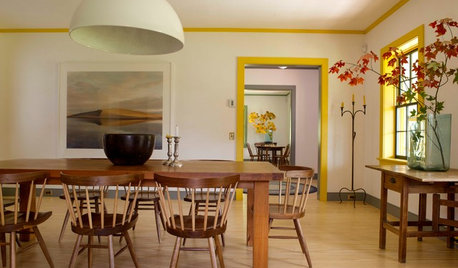
FARMHOUSESHouzz Tour: Shaker Simplicity Inspires a Modern Farmhouse
Mixing classic farmhouse style with sustainable features, this Connecticut home is as charming as it is sensible
Full Story
GARDENING GUIDESWhat Are Your Spring Gardening Plans?
Tearing out the lawn? Planting edibles? Starting from scratch? Tell us what you plan to change in your garden this year
Full Story
COLORSpeed-Dial Color Selection to Get the Best Result
You’ve belabored your color decisions and are still stuck. Here is how to evaluate your space and make choices that are right for you
Full Story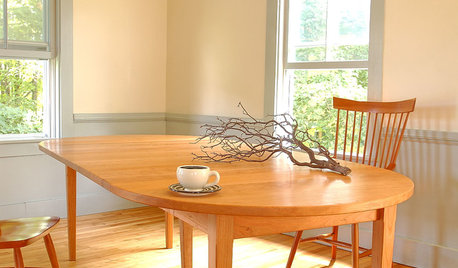
DECORATING GUIDESStrange but True Parallels Between Early Western and Old Japanese Style
Part 1 of our 'wabi-sabi' series: in which Shaker and Arts and Crafts designs reveal simplicity, modesty and integrity
Full Story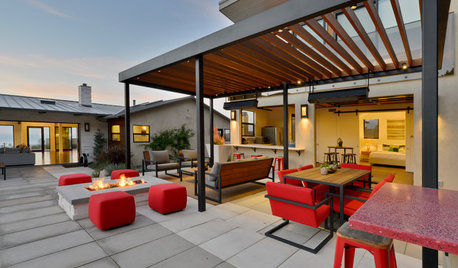
PATIOSGet the Details That Brought These 15 Patios to Life
From a custom mural to a solid concrete slab built to look like tiles, these outdoor rooms don’t overlook the details or comfort
Full Story
EDIBLE GARDENSHow to Add an Apple Tree to Your Edible Garden
Readily available, beautiful and fragrant, apple trees offer four-season interest along with crisp, juicy fruit
Full Story








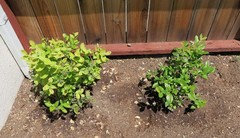

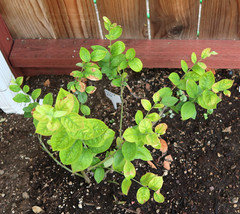




drew51 SE MI Z5b/6a